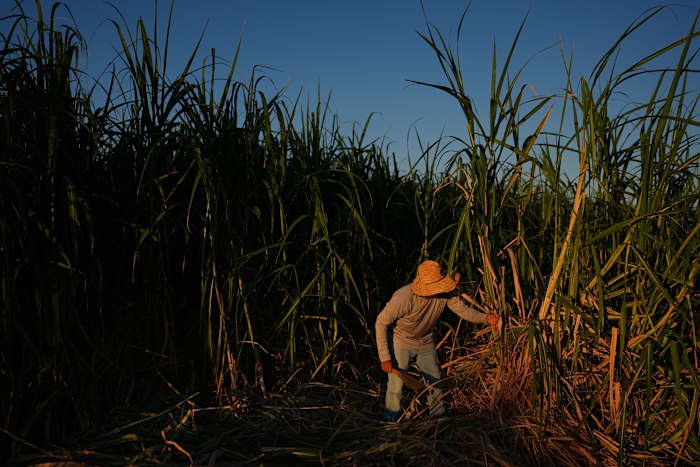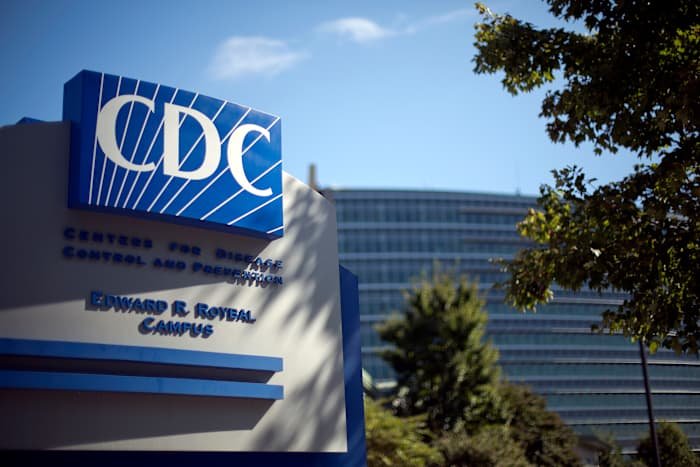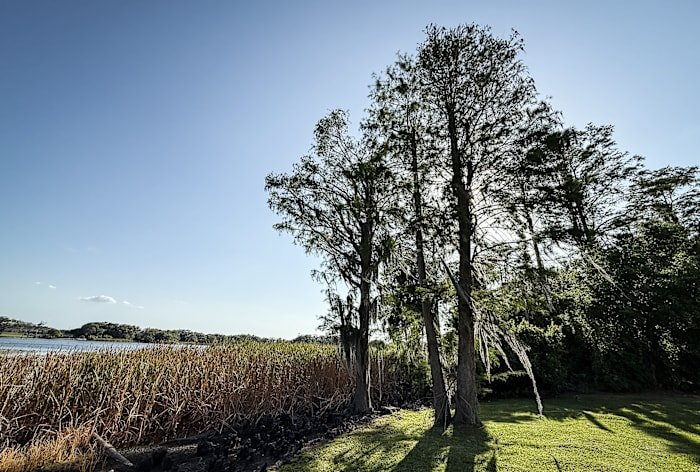Introduction
As global temperatures rise, some of the United States’ most vital agricultural regions are facing new challenges. In California’s fertile valleys, farmworkers labor under worsening heat, risking their health to keep food on our tables. Now, researchers from San Diego State University are mapping rural heat patterns to better understand these dangers and help protect those most at risk. While this work is focused on California, its findings have implications for agricultural communities across the country—including right here in Orlando and Central Florida, where our own farmworkers face heat-related threats. In this article, Daily Orlando News explores what these researchers are discovering and what it means for Orlando’s agricultural workforce.
The Hidden Dangers of Rural Heat
When people think of heatwaves, they often picture city streets and urban heat islands. But for farmworkers in rural areas, the risks can be just as severe—if not more so. Fields offer little shade, and many workers must endure long hours under a relentless sun. According to the Centers for Disease Control and Prevention (CDC), farmworkers are at much higher risk of heat-related illnesses such as heat stroke, dehydration, and even death.
California’s Central Valley is one of the most productive agricultural regions in the world, but it’s also a hotbed—literally—for dangerous temperatures. Researchers from San Diego State University are using high-tech sensors and mapping tools to measure the real temperatures experienced by workers in the fields. Their goal? To create detailed “heat maps” that can help predict—and hopefully prevent—heat-related health emergencies.
Here in Orlando and throughout Florida, agriculture is a critical industry. Our farmworkers face similar risks as those in California, especially during our long, humid summers. By learning from California’s research, we can better protect our own local workforce.
How Researchers Are Mapping Heat in Rural Regions
San Diego State University’s team is taking a multi-pronged approach to understanding rural heat. They’re equipping farmworkers with wearable sensors that track temperature, humidity, and even the workers’ heart rates. These devices provide real-time data, revealing not just how hot it is in the fields, but how the heat affects the human body during a typical workday.
Additionally, the researchers are using satellite imagery and weather stations to map temperature variations across the landscape. This allows them to see “hot spots” where temperatures are consistently higher—such as areas with little tree cover, dark soil, or metal irrigation equipment that radiates heat. These insights can guide farmers and policymakers in making changes, like planting shade trees or adjusting work hours to avoid peak heat.
In Florida, similar technologies could be adopted to help protect our farmworkers. By identifying the most dangerous areas and times, local growers can implement targeted interventions to reduce heat exposure.
The Growing Threat of Climate Change
Climate change is making heat events more frequent and severe. In recent years, both California and Florida have experienced record-breaking heatwaves. For farmworkers, this means longer periods of extreme temperatures and greater risk of heat-related illness.
According to a report from the Union of Concerned Scientists, by 2050, the number of “dangerously hot” days in Florida could double. This would have profound effects not only on worker health, but also on crop productivity and the local economy. Vulnerable populations—especially those who work outdoors—must be prioritized in adaptation plans.
The research underway in California offers a roadmap for other agricultural states, including Florida, to anticipate and mitigate the health impacts of rising heat. By staying informed and proactive, Orlando’s agricultural community can be better prepared for the challenges ahead.
Protecting Farmworkers: Local Solutions and Policies
What can be done to protect farmworkers from dangerous heat? The answer lies in a combination of technology, education, and policy. In California, some farms are already making changes based on heat mapping data—such as providing more shaded rest areas, increasing water breaks, and shifting work to cooler parts of the day.
Florida has room to improve as well. While there are existing guidelines for heat safety, experts say more robust protections are needed. Possible steps include:
- Mandating regular breaks in shaded areas
- Providing access to cool drinking water
- Implementing heat safety training for workers and supervisors
- Using wearable sensors to monitor worker health in real time
- Creating local “heat action plans” based on the latest research
By adopting these measures, Orlando-area farms can help ensure the safety and well-being of those who power our food system. Collaboration between researchers, policymakers, and the agricultural community is essential for lasting change.
Conclusion: Keeping Orlando’s Farmworkers Safe
The innovative work by San Diego State University researchers shines a spotlight on the urgent need to address rural heat and protect farmworkers. As climate change intensifies, these challenges will only grow—both in California and in Orlando’s own agricultural sector. By learning from their findings and implementing smart, data-driven solutions, we can safeguard the health of our local farmworkers and ensure a resilient food supply for our community.
What do you think about the impact of heat on farmworkers in Orlando? Have you seen local efforts to address this issue? Share your thoughts and experiences in the comments below!
















